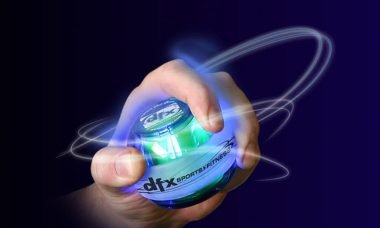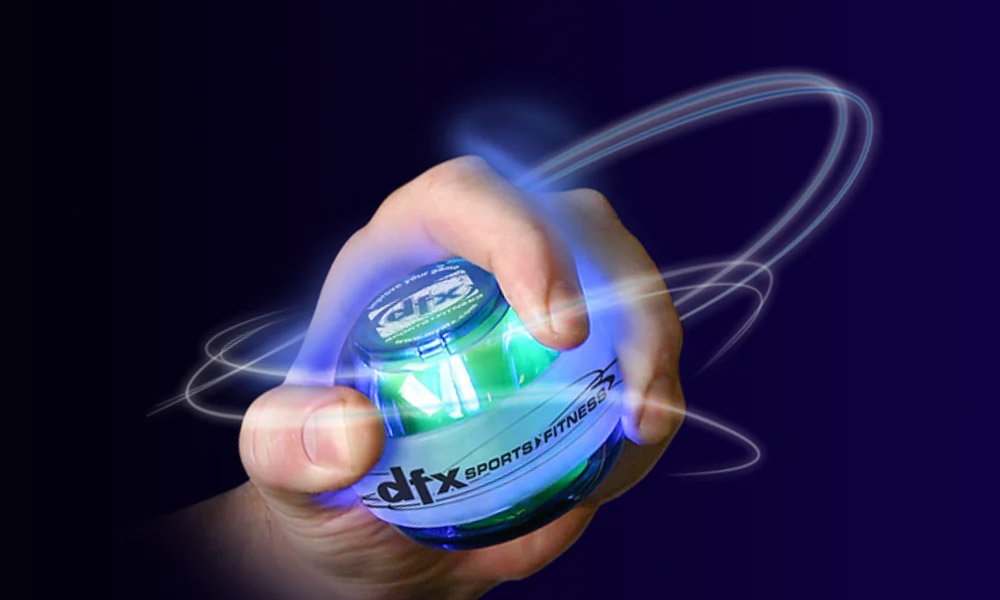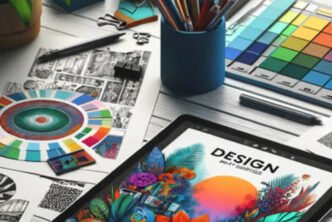Today’s competitive market pressures enterprises to provide high-quality, low-cost items that last. One of the best ways to achieve this balance is through Design for Excellence. This holistic product and system design approach considers quality, cost-effectiveness, manufacturability, sustainability, dependability, and user experience from the start. Beyond aesthetics and performance, DFX ensures goods are durable, easy to make, and environmentally friendly. Businesses may improve performance and produce consumer-friendly goods by incorporating excellence into product design.
Quality Matters in DFX
Quality throughout the design process is DFX’s core value. Beyond functional criteria, a product must meet performance, durability, and reliability expectations. Using rigorous testing and feedback loops early in the design process helps create high-quality products. This proactive strategy eliminates faults and costly adjustments later in development, resulting in a better product.
Quality also sets us apart in the industry. Quality products meet or exceed client expectations, resulting in higher customer satisfaction. This increases brand loyalty, repeat business, and positive word-of-mouth, which are crucial for long-term success.
A key aspect of DFX is prioritizing Design for Manufacturability (DFM). It emphasizes easy-to-produce products, which is crucial for organizations seeking profitability and low manufacturing costs. DFM stresses simplifying product designs and using cheap, widely available materials. Manufacturers may streamline processes, minimize lead times, and boost manufacturing efficiency by simplifying design and assembly.
DFM also streamlines prototype-to-mass production. This lowers scaling production risks and expenses for enterprises. Companies may produce high-quality products at reasonable rates when items are designed for manufacturability.
Role of Sustainability
As companies are held accountable for their environmental effect, product design has grown more sustainable. Product design for sustainability (DFS) reduces waste, energy use, and uses eco-friendly materials. This involves creating things that are readily recyclable or reused. As customers become more eco-conscious, sustainable enterprises gain a competitive edge. They lessen their environmental impact and meet customer demand for greener, more responsible goods.
Sustainability is becoming a must-have for business responsibility. DFS practices help conserve the world and show a company’s commitment to social and environmental well-being, which boosts reputation and consumer confidence.
Enduring Reliability and Maintainability
The reliability and maintainability of DFX are also important. Making items reliable and easy to maintain improves their longevity. By using materials that can resist predicted operating conditions and developing systems that prevent failure, firms may extend product life and save costly repairs or replacements.
Maintenance—how readily a thing may be maintained or repaired—is also crucial. Maintainable products last longer because users can readily fix problems, reducing downtime and lifetime costs. Fewer warranty claims, more customer happiness, and a better reputation for reliability benefit firms.
Improve User Experience
Consumers drive today’s market, thus user experience is key. Design for User Experience (DFUX) involves building products that satisfy functional requirements and address user demands, preferences, and pain areas. Companies must perform comprehensive research and usability testing to understand how people use their products and identify improvements. A well-designed user experience makes the product intuitive, easy to use, and interesting, which boosts brand loyalty and repeat sales.
Product differentiation also depends on user experience design. In a crowded market, organizations that prioritize a smooth, engaging user experience may stand out and develop long-term client connections.
Collaboration: Success Key
The emphasis on cross-functional collaboration defines DFX. Excellence involves input from engineering, marketing, operations, and customers. Collaboration ensures that design decisions take into account cost, practicality, consumer preferences, and aesthetics. Product designers may collaborate with production engineers to make the product attractive and easy to assemble. Marketing teams may provide customer preferences to help designers create a more user-friendly interface.
Breaking silos and encouraging collaboration improves decision-making and produces solutions that meet company and consumer needs.
Long-Term Business Impact
A Design for Excellence methodology may revolutionize a firm. Products developed using DFX principles are higher-quality, last longer, and cost less to maintain. This boosts client happiness, brand loyalty, and profits. Companies may also simplify processes and stay competitive by prioritizing efficiency, sustainability, and manufacturability.
Also, DFX promotes constant progress. Businesses may stay ahead of industry trends and relevant in a changing market by learning from prior designs and implementing fresh concepts. DFX-embracing companies may build greater goods and lead in a fast-changing competitive field.
Conclusion
Design for Excellence is a comprehensive, forward-thinking product design strategy. Businesses may create timeless goods by merging quality, manufacturability, sustainability, dependability, and user experience. The emphasis on cross-functional cooperation guarantees that all design aspects—from cost to customer satisfaction—are properly evaluated. In today’s environment, when customers demand innovation, quality, and sustainability, Design for Excellence is more than a best practice—it’s essential to long-term company success.








